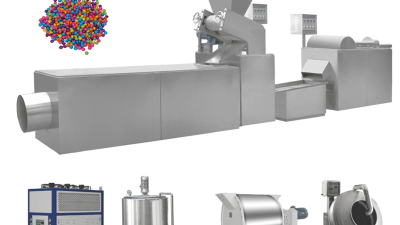Ultimate Checklist for Selecting the Perfect Candy Forming Machine: Key Industry Insights and Metrics
Table of Contents
- Key Considerations for Choosing Alternative Candy Forming Machines
- Comparative Analysis of Various Candy Forming Machine Types
- Cost-Benefit Analysis of Alternative Candy Production Technologies
- Performance Metrics for Evaluating Non-Traditional Candy Formers
- Industry Trends Impacting the Choice of Candy Forming Alternatives
- Revolutionizing Chocolate Production: The Ultimate Guide to Chocolate Bean Forming Machines and Equipment Lines
- FAQS
- Conclusion
- Related Posts
Hey there! So, it’s pretty exciting to see how much the confectionery world is growing lately. Experts are estimating that the global candy market could hit around $200 billion by 2025—that’s just mind-blowing! With things moving so fast, picking the right Candy Forming Machine is more important than ever for manufacturers who want to stay efficient and keep up with quality. Here at Guangdong Bochuan Machinery Technology Co., Ltd., we’re all about researching, developing, and making a wide variety of candy and food packing machines. Since we started, we’ve been really pushing to improve our tech and stay ahead of what the market needs. That way, our clients can get the best possible results out of their production lines. Knowing the key industry insights and metrics can seriously help manufacturers pick the perfect Candy Forming Machine that matches their goals and quality standards—pretty crucial, right?
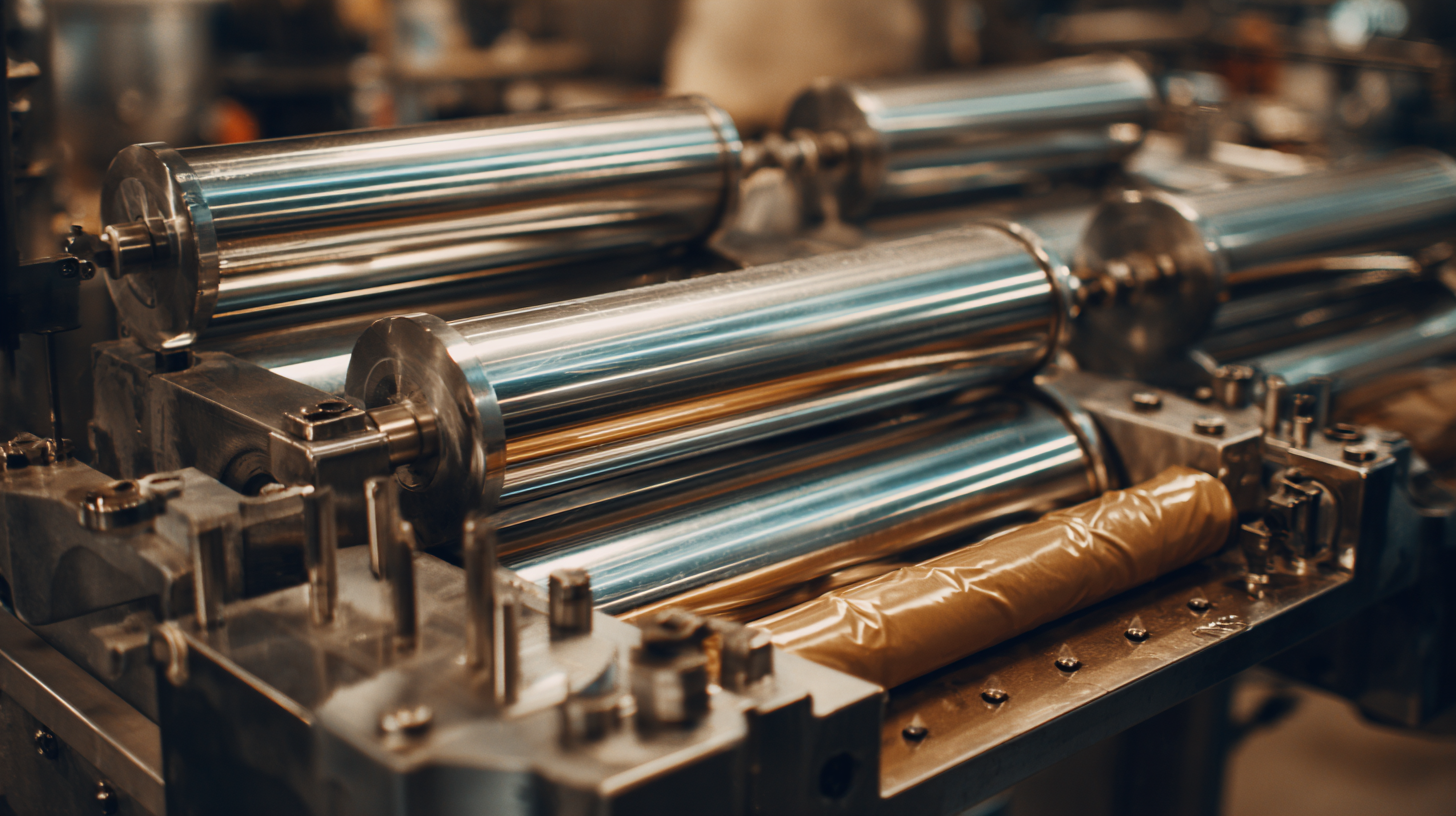
Key Considerations for Choosing Alternative Candy Forming Machines
When you're choosing an alternative candy-making machine, there are a few important things to keep in mind. First off, think about how versatile it is—can it handle different kinds of sweets like gummies, chocolates, or even cotton candy? Being able to work with a variety of recipes and ingredients really amps up your chances of creating unique confections, especially as the market is leaning more towards healthier options these days. You've probably noticed that more candies now come with healthier twists—think low-sugar versions or functional treats that appeal to folks watching their health.
Another biggie is how efficient and easy the machine is to use. Since more people are into making treats at home, having equipment that’s straightforward and user-friendly really matters. Look for features that make setup quick, cleaning a breeze, and results super consistent. That’s especially true if you’re into wow-ing people with fancy presentations—like at events where cotton candy is a hit. Picking a machine that strikes a good balance between solid performance and simple operation can really help you produce more, while also giving your customers that fun, memorable experience.
Ultimate Checklist for Selecting the Perfect Candy Forming Machine
Comparative Analysis of Various Candy Forming Machine Types
When you're trying to pick out a candy forming machine, it's really helpful to understand how the different types compare. The market's got a few main options—like rotary forming machines, continuous forming lines, and batch systems. I recently read a report from Technavio, and it said that the global candy-making equipment market is expected to grow about 6% each year. That's a pretty clear sign that there's a rising demand for machinery that’s both efficient and versatile.
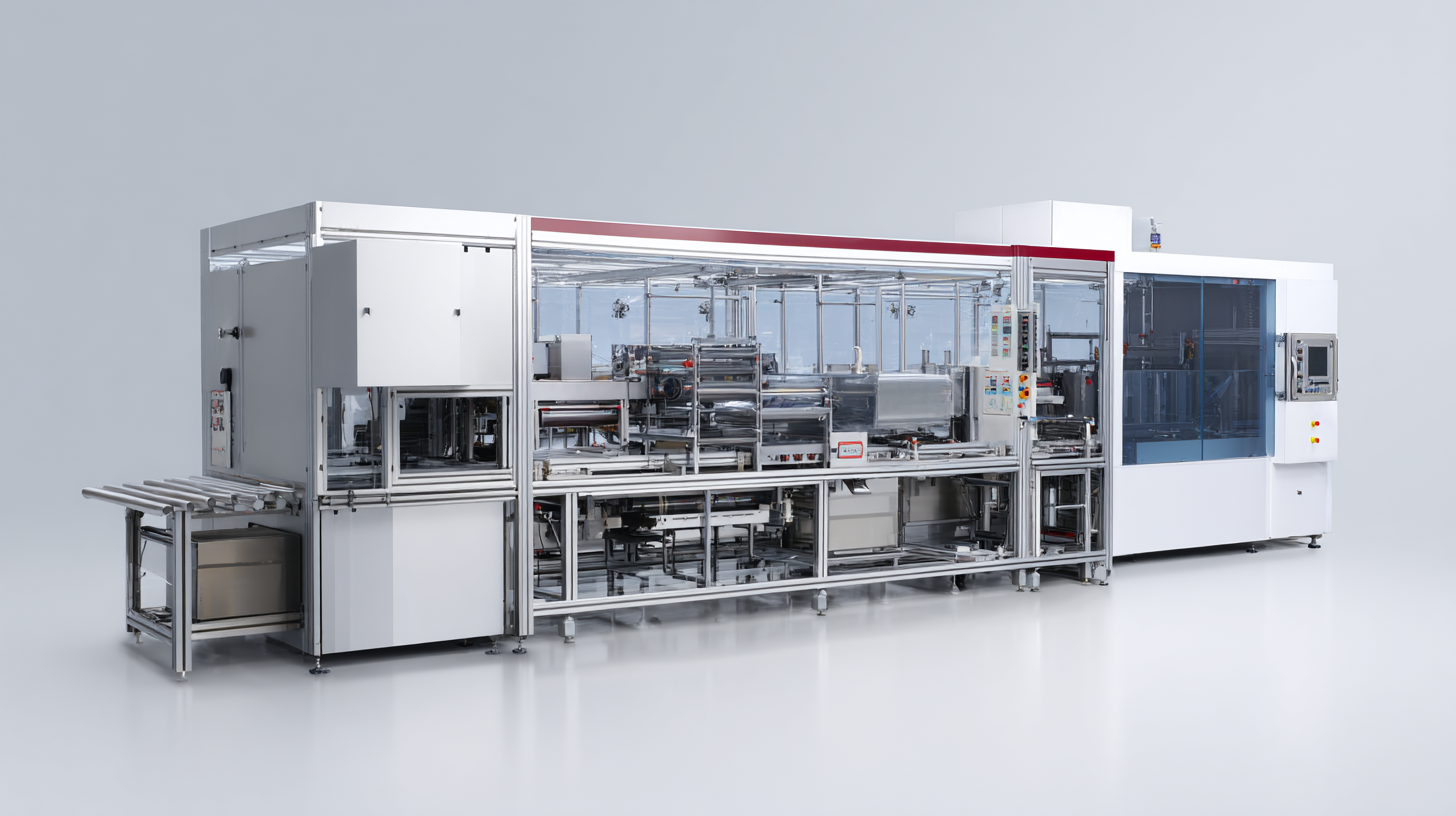 For example, rotary forming machines are quite popular because they can produce a lot quickly and with great precision. They’re a hit with big manufacturers who really need to keep the production lines running smoothly and at a high pace.
For example, rotary forming machines are quite popular because they can produce a lot quickly and with great precision. They’re a hit with big manufacturers who really need to keep the production lines running smoothly and at a high pace.
On the flip side, continuous forming lines are catching on fast, mainly because they’re super flexible. They let producers switch between different kinds of candies without losing too much time—something that smaller or more innovative companies really appreciate. A recent study from Research and Markets says that these continuous machines are likely to lead the market soon, mainly because consumers are craving more customized treats these days.
And let’s not forget about batch systems, which are often the go-to for smaller firms. They’re generally cheaper and easier to use, but they might not match the speed of the bigger, continuous or rotary machines. When choosing what kind of machine to go for, it really boils down to understanding your production needs, the variety of products you want to make, and how scalable your setup needs to be. It’s all about finding the right fit for your candy-making journey.
Cost-Benefit Analysis of Alternative Candy Production Technologies
When you're looking into candy production, doing a proper cost-benefit check on different technologies is pretty important. Manufacturers often have a bunch of options, from traditional methods to high-tech machines that automate things. It’s really about weighing the upfront costs against what you'll spend on running and maintaining these machines down the line. Knowing how much candy each tech can produce and the quality you get out of it is also super helpful—so you can make smarter choices that fit your goals.
Here’s a tip: when you're checking out different candy forming machines, don’t just focus on the sticker price. Take a closer look at maintenance costs, how much energy they use, and how often they might break down or need fixing. Sometimes, investing a bit more upfront can pay off in the long run if the machine runs more efficiently and needs fewer repairs.
Another thing to keep in mind is how well the equipment can grow with your business. As demand for your candies shifts, having a machine that can adapt or help you ramp up production without too much hassle is a big win. Looking at past sales data and market trends can give you a good sense of where things are headed and help you pick a setup that supports your future growth.
Pro tip: Talk to your suppliers about upgrade options for their machines. Being able to expand or improve your equipment later on can really protect your investment and make it easier to break into new markets or try out exciting new products.
Performance Metrics for Evaluating Non-Traditional Candy Formers
When you're choosing the right candy forming machine, paying attention to performance metrics actually makes a big difference. These numbers aren’t just cold stats—they really help ensure your production is smooth, efficient, and effective. It’s a bit like how farmers consider different crops to save water; recently, researchers in the U.S. Southwest found over 70 alternative crops that can help with water conservation, taking into account not just environmental impact but also economic and social factors. Similarly, when evaluating candy machines, looking at how they use water and how much waste they produce can really align with more sustainable practices.
A study from Guangdong Bochuan Machinery highlights just how important innovation is in making better candy machines, especially when it comes to optimizing these performance metrics. Things like yield rates, downtime, and energy consumption give us valuable clues about how the machines are really doing. For example, some advanced machines now manage to cut energy use by about 20% while speeding up production—that’s a win-win right there, meeting the need for both high productivity and sustainability. Interestingly, lessons learned from agricultural studies on organic fertilizers can even inspire improvements in candy-making—making sure our machines not only hit market standards but also align with the growing demand for environmentally friendly stuff.
So, basically, paying close attention to these performance details can really help you find the best machine—and do your part for the planet too.
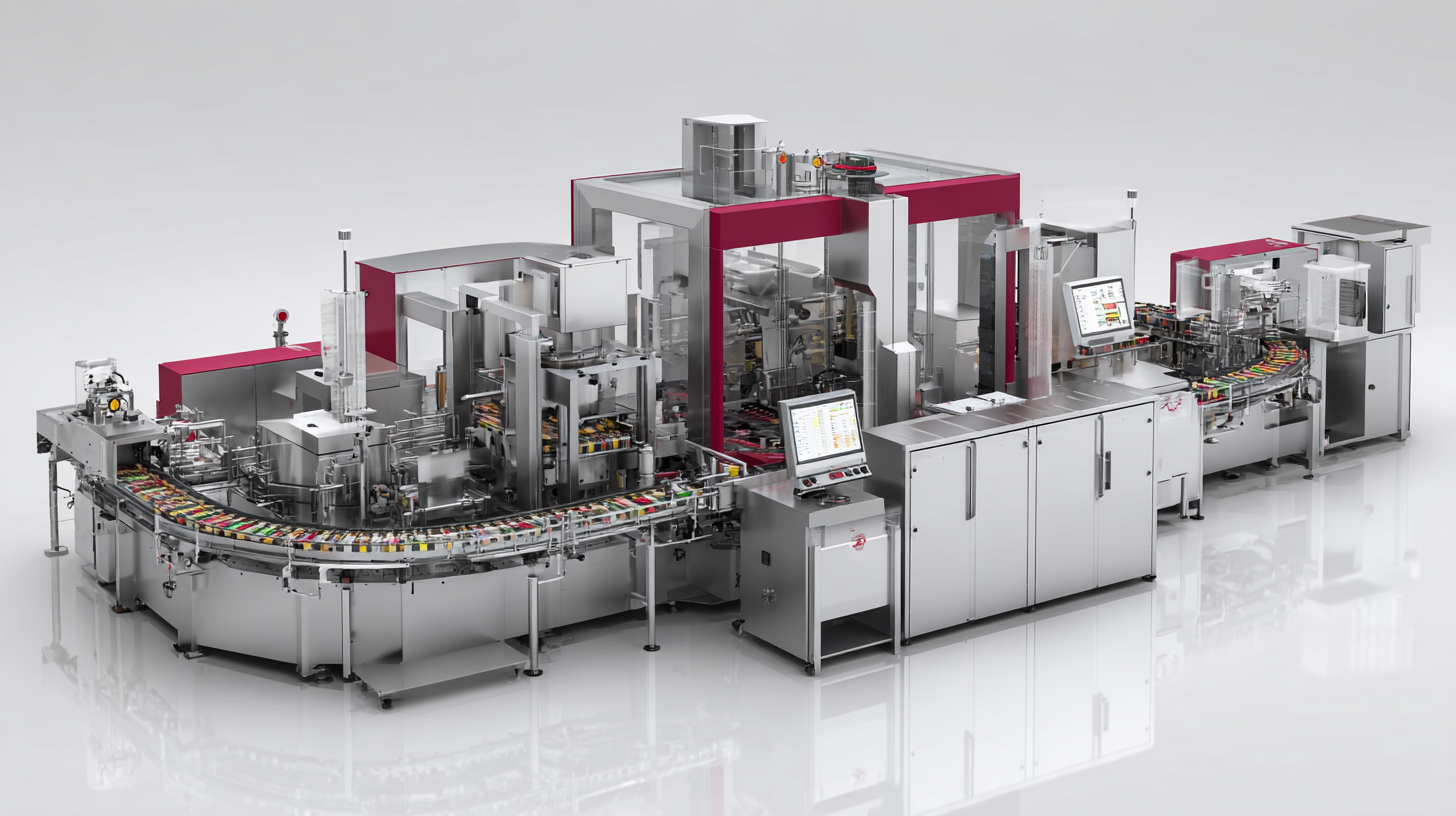
Industry Trends Impacting the Choice of Candy Forming Alternatives
The candy forming machine industry is really going through a big shift lately, mostly because consumer tastes are changing and people are becoming more health-conscious — especially in the Asia Pacific region. It’s kinda exciting because the market for protein snacks is expected to almost double by 2032, so manufacturers are feeling the pressure to adapt their tech to keep up with the rising demand for healthier munchies. Interestingly, there was a 10% bump in both sales volume and market value for snacking and candy in that part of the world, which just shows how important it is to stay innovative with candy forming technology.
Meanwhile, over in the UK, the whole chocolate confectionery scene is moving towards what you might call indulgent but mindful treats. Folks still love chocolate for its rich, comforting flavors, yet it seems like brands are now pushed to figure out ways to cut back on sugar and introduce new ingredients. We’re definitely seeing a rise in ‘better-for-you’ snacks, and the market projections look pretty promising. All this buzz about health and wellness means manufacturers are investing in high-tech candy forming machines that can handle these new kinds of recipes without sacrificing quality or that irresistible appeal. And with trends like AI innovations and sustainable sourcing gaining steam, it’s clear that having versatile, efficient equipment in the mix is only going to become more crucial down the line.
Ultimate Checklist for Selecting the Perfect Candy Forming Machine: Key Industry Insights and Metrics
| Criteria | Importance Level (1-10) | Average Cost (USD) | Durability (Years) | Energy Efficiency (%) | User Ratings (1-5) |
|---|---|---|---|---|---|
| Speed of Production | 9 | 15,000 | 10 | 90 | 4.5 |
| Ease of Maintenance | 8 | 12,000 | 8 | 85 | 4.0 |
| Production Flexibility | 7 | 14,500 | 9 | 88 | 4.2 |
| Quality of Product | 10 | 16,000 | 12 | 92 | 4.8 |
| Safety Features | 6 | 13,000 | 7 | 80 | 4.0 |
Revolutionizing Chocolate Production: The Ultimate Guide to Chocolate Bean Forming Machines and Equipment Lines
In the world of chocolate production, efficiency and versatility are crucial. The latest innovations in chocolate bean forming machines and equipment lines have transformed how chocolatiers create their beloved treats. With two distinct technologies available for production—powder chocolate forming and liquid chocolate forming—producers can choose the best method that suits their unique needs. This flexibility allows for the creation of a wider variety of chocolate products, from bars to truffles, catering to diverse consumer preferences.
The complete chocolate production line is designed to streamline the manufacturing process, improving both speed and quality. Key components include a conche for refining chocolate, a holding tank for maintaining optimal temperatures, a crushing machine for bean processing, and a vibration sieve to ensure even consistency. These systems work in harmony to deliver high-quality chocolate that delights the palate. By integrating advanced equipment, producers can enhance their production capabilities, reduce labor costs, and ultimately increase profitability while ensuring that every batch meets the highest standards of excellence.
FAQS
: The main types of candy forming machines include rotary forming machines, continuous forming lines, and batch-operated systems.
Rotary forming machines are favored for their high output and precision, making them ideal for manufacturers focusing on production efficiency.
Continuous forming lines offer flexibility, allowing producers to switch between different types of products with minimal downtime.
Growing consumer preferences for customized confectionery items are driving the expected dominance of continuous forming machines in the market segment.
Batch-operated systems are often preferred by smaller manufacturers due to their cost-effectiveness and ease of use, although they may not match the speed of larger operations.
Important performance metrics include yield rates, downtime, and energy consumption, which correlate with efficiency and sustainability in production.
Evaluating water usage efficiency and overall production waste can help align candy forming machines with sustainable practices.
Innovations focus on optimizing performance metrics, such as reducing energy usage and increasing production speed.
Machines designed with advanced technology can show a significant reduction in energy usage, sometimes by as much as 20%, while also enhancing production speed.
Just like exploring alternative crops for water conservation, evaluating candy forming machines can involve examining their environmental, economic, and social outcomes.
Conclusion
Looking for the perfect Candy Forming Machine? Well, there are a bunch of important things you really want to think about to make sure your production runs smoothly and the quality stays top-notch. We've put together this handy checklist that's got all the key points to keep in mind when you're exploring different candy forming options. It includes a side-by-side comparison of different types and an honest look at the costs versus the benefits of various candy-making technologies. Checking out performance metrics is especially helpful when you're looking at less traditional machines — it gives you a good idea of which one will actually meet your specific needs.
And don’t forget, staying in the loop with industry trends is super important. These updates can really influence what kind of candy forming equipment is right for you. Here at Guangdong Bochuan Machinery Technology Co., Ltd., we’re all about innovating and developing cutting-edge candy machines that fit the current market. We’re constantly upgrading our tech so that our customers get the best possible solutions tailored specifically for their production setups.
Related Posts
-

The Definitive Handbook to the Best Lollipop Candy Machine for Your Business
-

Overcoming Challenges Faced by Buyers of the Best Candy Making Machine
-

Ultimate Comparison of the Top Rated Industrial Candy Making Equipment in 2023
-
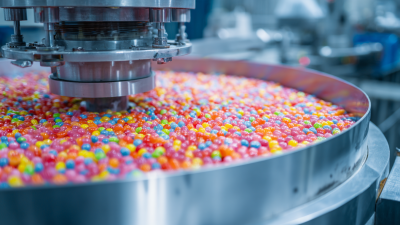
The Ultimate Guide to Maximizing Your Production with Soft Candy Making Machines
-
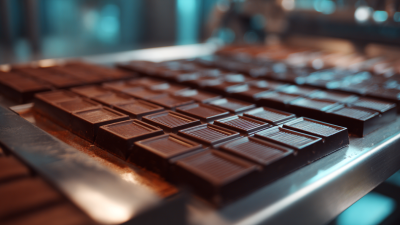
Industry Applications of Best Chocolate Bar Making Machine and Challenges in Production Efficiency
-

Unlocking the Future of Rice Packing Machine Market Trends Beyond 2025 Strategies for Global Buyers

